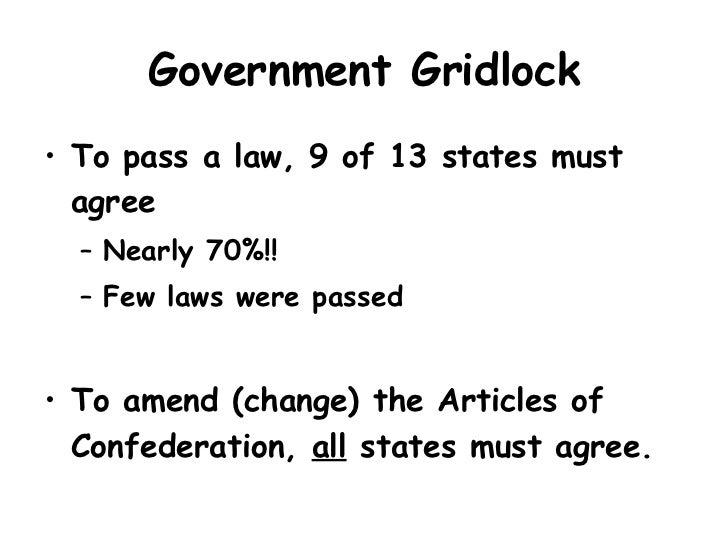

When it comes to the composition of Congress, historical data suggests that equity markets tend to welcome a certain form of gridlock in Washington.

There is also a clear pattern visible within a midterm election year: up until the end of September, equity market performance is rather muted given the uncertainty around the election outcome, only to be followed by a strong rally in the fourth quarter. The highest return has usually come in the year following the midterm elections, when the S&P 500 has risen, on average, by 16.3%. Looking at data since the 1930s, the average performance for the S&P 500 during the second year of a president’s term has been 3.75%.

Historically, US equities have posted subpar returns during a midterm election year. Equities and the midterm elections: Gridlock is good We are doubtful that the reopening trade will have legs. In contrast, the latest bounce in Chinese equities happened after investors capitulated and then started hoping for some reopening benefits. We suggest that investors move up the credit ladder to find value without getting punished so much if something bad happens to the economy. In any case, historical performance numbers suggest that gridlock appeals to investors.Īfter the major valuation reset year-to-date, quality bonds look attractive, even in terms of real rates. Optimists will say that it gives stability to the private sector to plan for the coming two years until the presidential election looms. The results should become clear later today.Ĭynics will say that gridlock is a situation where politicians cannot inflict any damage, since there are no majorities. a contested result or any other hung situation), it is highly likely that US politics will go into gridlock. The same holds true for the European Central Bank (ECB), which is also scheduled to only take the next step around the same time as the Fed in December.įor the US midterms, voting for which took place this Tuesday, the betting odds yield a less than 10% probability that the current leadership in Congress will stay as it is. In fact, it will be mostly about rhetoric from here on until the next meeting in mid-December. Yet the labour market report was good enough to create some fantasies that US central bankers will tone down their ambition to hike rates. The US Federal Reserve’s pivot did not materialise last week as suggested.


 0 kommentar(er)
0 kommentar(er)
